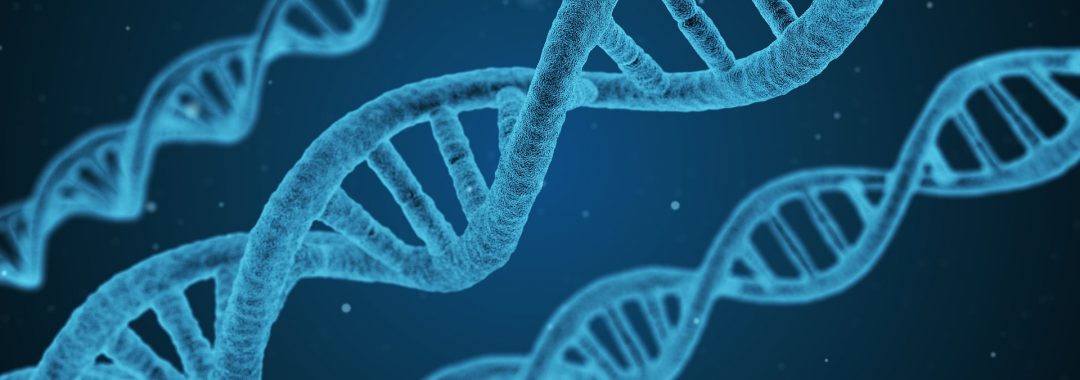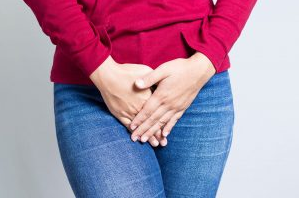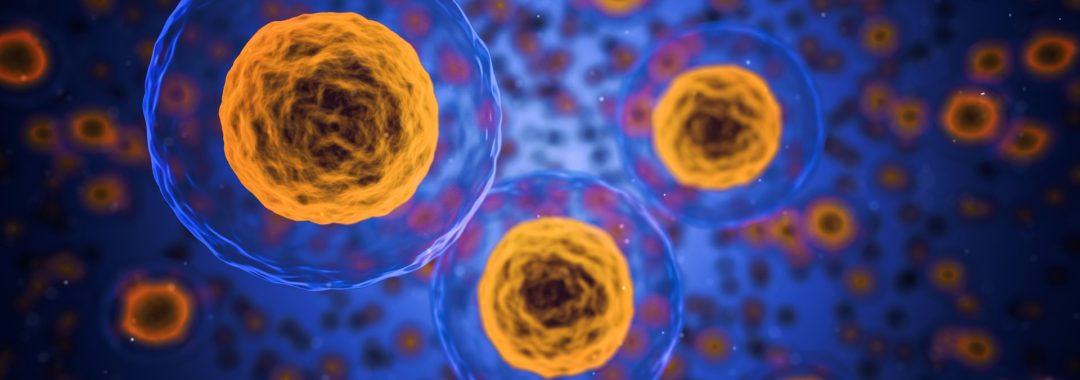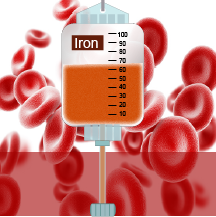I have always said that the biggest inroads to the management and treatment of endometriosis will come from the area of genetics. I’ve also said that if there is going to be a cure, this will be the pathway that is comes from.
We know that there are hereditary components to endometriosis and that if a parent, or someone in the family tree has the disease, it is likely to be passed onto the offspring in the gene pool of that family tree.
Research published in the New England Journal of Medicine has revealed that Gene sequencing has found a set of genetic mutations which may help to develop molecular tests to distinguish between mild and aggressive types of endometriosis.
This is a big step forward into finding out more about endometriosis and developing better medical treatments and management strategies. Hopefully one day it will also lead to a cure for women with this horrible disease.
Endometriosis is a painful disorder in women which ‘endometrial like’ tissue grows outside of the womb, most commonly into the abdomen, and will affect at least 1 in 10 women. It can spread to every part of the body.
Many women with endometriosis will experience symptoms of abdominal pain, migraines, pain with sex, ovulation pain, IBS like symptoms, UTI like symptoms (without infection present), menstrual cramps, abdominal distension and possible issues with infertility.
Endometriosis can affect both physical and mental health in sufferers. While a portion of women with endometriosis get pain and associated symptoms, it needs to be noted that a significant portion of women with endometriosis are asymptomatic (no symptoms) and would not even know that had it, until they are investigated for fertility purposes.
This discovery helps moves towards developing genetic based systems for classifying endometriosis to sort out which forms of the disorder needs more aggressive treatment. Presence of the unusual set of mutations suggest that while origins are rooted in normal endometrial cells mutations change their fate, the mutations identified have links to genetic mutations found in some forms of cancer. Abnormal endometriosis tissue growth will often spread throughout the abdominal cavity but rarely becomes cancerous with exception to a few cases when the ovaries are involved.
The close links to cancer have always baffled scientists, as endometriosis does behave like a cancer the way it spreads, and now they have found some of the same mutations found in cancers, in some of the endometriosis lesions. But again, endometriosis rarely turns cancerous, except if it does spread to the ovaries, but there have been some studies to suggest links that women with endometriosis may be at more risk of endometrial cancer.
In this research, the research scientists analysed the samples looking for mutations or abnormal changes in DNA and filtered out normal variations in genes which commonly occur. At least one or more mutations in endometriosis tissue that were not present in their normal tissue, in which the number and type of mutations varied per endometriosis lesion and each woman.The types of mutations found were among the most common mutated genes found, which are all known for DNA repair, controlling cell growth, and cell invasion.
The researchers are working on additional studies to investigate whether patient outcomes correlate with the mutations. Testing which can sort lesions into less or more aggressive has potential to help decide how to monitor progression as well as control and treat the endometriosis. It may also be possible to develop new treatments which use agents that block gene related pathways specific to an individual’s disease.
Women are normally prescribed anti-hormonal treatments, which block estrogen to shrink lesions. Endometriosis is estrogen driven and is not from estrogen dominance, as some people would have women believe.
Even small amounts of estrogen can drive the disease and cause the expression of the lesions. When endometriosis occurs on the ovaries and forms a large cyst, or endometrioma, it is typically removed as it increases the risk of developing ovarian cancer in some women.
I honestly believe (in my opinion only) that Endometriosis is a genetic condition passed down through the parental mode of inheritance and is much the same as other hereditary genetics issues such as haemachromatosis etc.
I also believe that the closest disease we can compare endometriosis to is cancer, as endometriosis spreads very much the same and can cause inflammation and pain in many part of the body. I do think we need to start talking about endometriosis being more like a benign form of cancer, in the way that it behaves and spreads through the body and the havoc it causes on the body too.
While this new development is not a cure for endometriosis, it is providing new insights into the disease, which will hopefully one day see a cure in the not so distant future. Lets help end the silence for women with this horrible disease by getting more awareness out there and let us hope that the cure will eventually come one day soon.
Regards
Andrew Orr
-No Stone Left Unturned
-Period Pain IS NOT Normal
-The Endometriosis Experts
References:
-
- https://www.nejm.org/doi/10.1056/NEJMoa1614814 – (Cancer-Associated Mutations in Endometriosis without Cancer)
- https://www.ncbi.nlm.nih.gov › pmc › articles › PMC6447774 – the genetic profile of endometriosis
- https://imb.uq.edu.au/article/2017/03/spotlight-endometriosis-research-long-game-help-our-daughters
- Stefansson H, Geirsson RT, Steinthorsdottir V, Jonsson H, Manolescu A, Kong A, Ingadottir G, Gulcher J, Stefansson K. Genetic factors contribute to the risk of developing endometriosis. Hum Reprod. 2002;17:555–559. doi: 10.1093/humrep/17.3.555. [PubMed]
- Matalliotakis M, Goulielmos G, Zervou M, Matalliotaki C, Koumantakis G, Matalliotakis I. The familial risk of endometriosis among the female relatives of patients with endometriosis in Greece. JEPPD. 2017;9:184–187. [Google Scholar]
- Treloar SA, O’Connor DT, O’Connor VM, Martin NG. Genetic influences on endometriosis in an Australian twin sample. sueT@qimr.edu.au. Fertil Steril. 1999;71:701–710. doi: 10.1016/S0015-0282(98)00540-8. [PubMed] [CrossRef] [Google Scholar]
- Krishnamoorthy K, Decherney AH. Genetics of endometriosis. Clin Obstet Gynecol. 2017;60:531–538. doi: 10.1097/GRF.0000000000000293. [PubMed] [CrossRef] [Google Scholar]
- Wang M, Hao C, Huang X, Bao H, Qu Q, Liu Z, Dai H, He S, Yan W. Aberrant Expression of lncRNA (HOXA11-AS1) and Homeobox A (HOXA9, HOXA10, HOXA11, and HOXA13) Genes in Infertile Women With Endometriosis. Reprod Sci. 2018;25:654–661. doi: 10.1177/1933719117734320. [PubMed] [CrossRef] [Google Scholar]
- Christofolini DM, Mafra FA, Catto MC, Bianco B, Barbosa CP. New candidate genes associated to endometriosis. Gynecol Endocrinol. 2019;35:62–65. doi: 10.1080/09513590.2018.1499090. [PubMed] [CrossRef] [Google Scholar]













